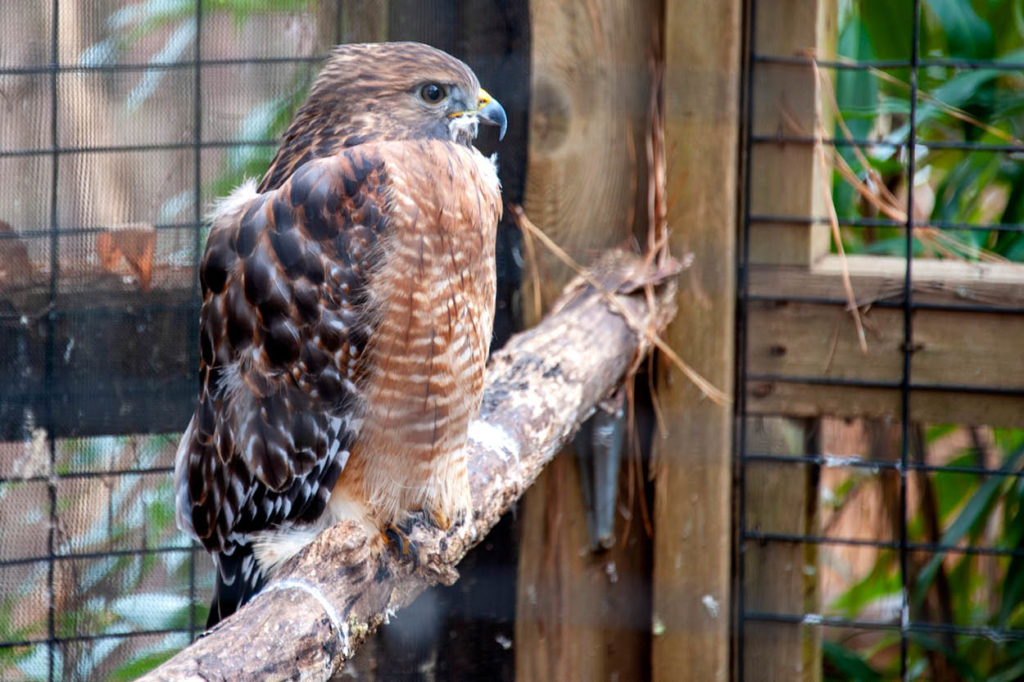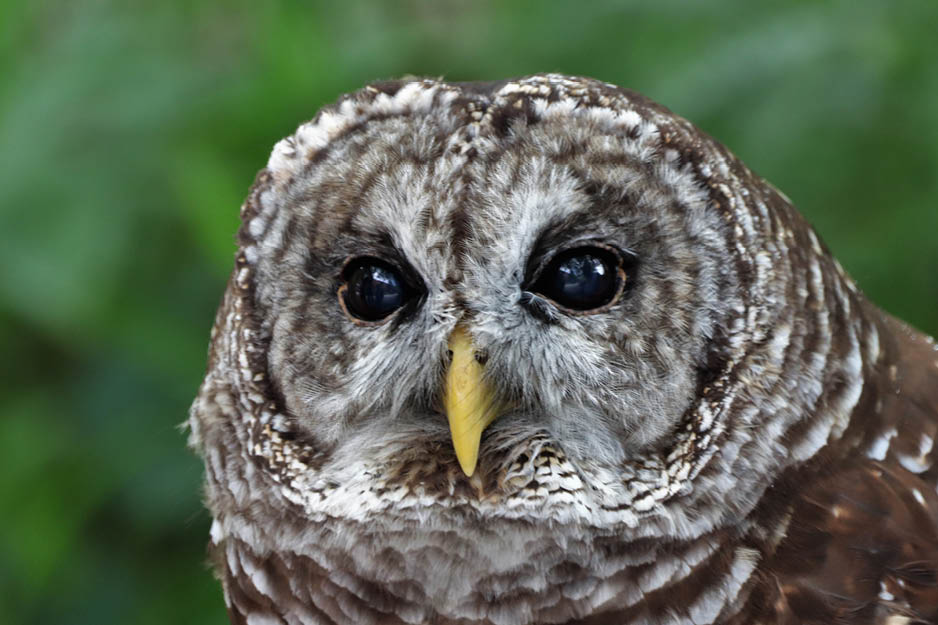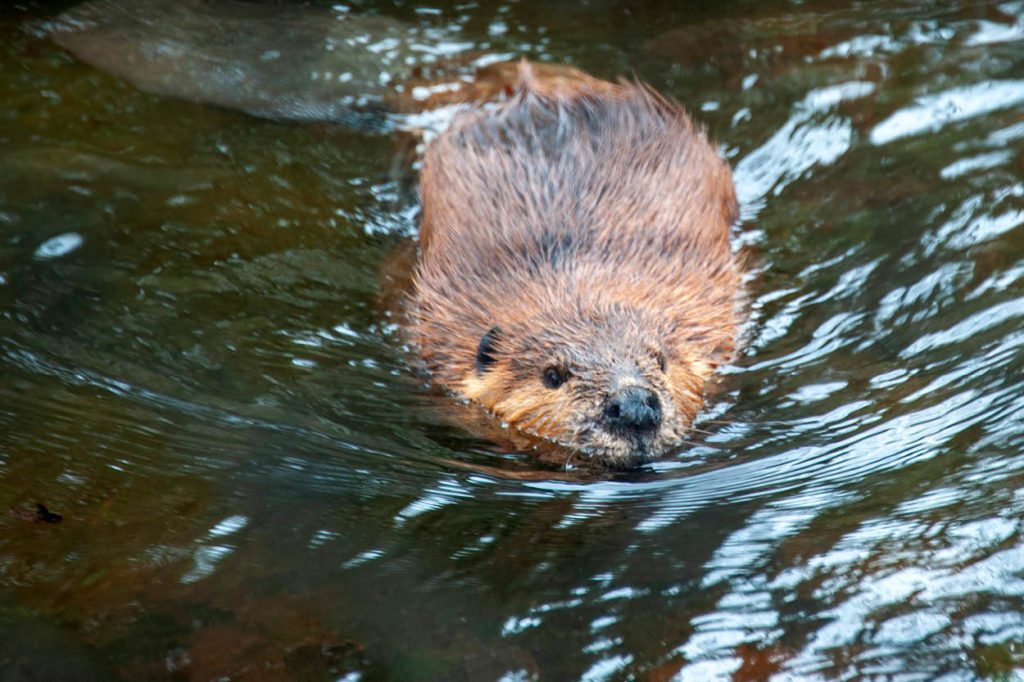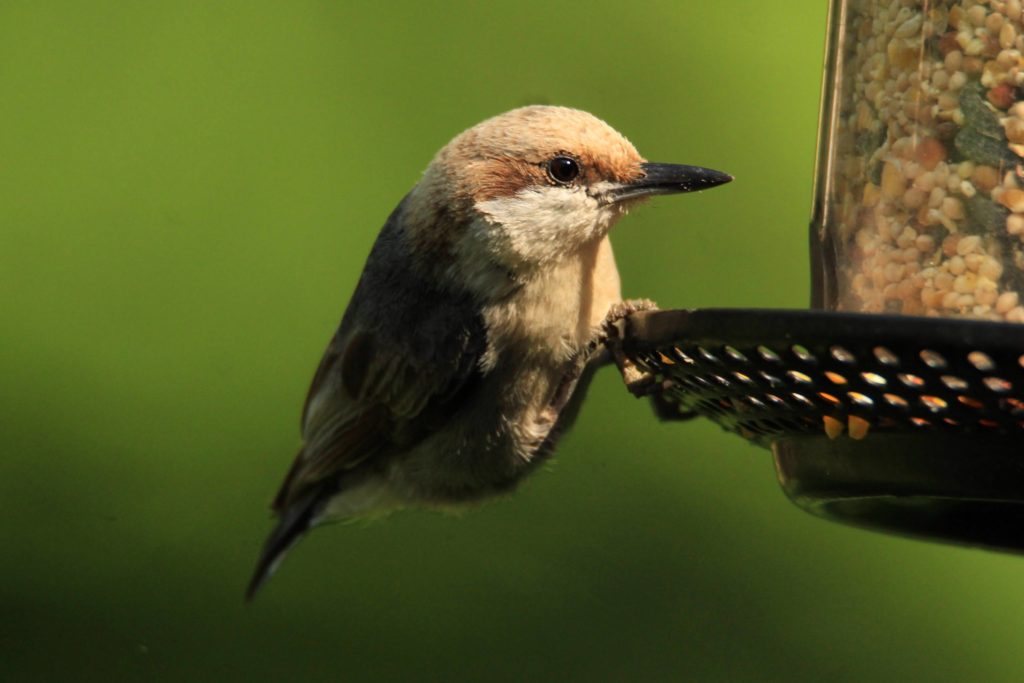It’s COLD! How do animals survive frigid temps?
How does the wildlife handle the cold and what can you do to help
It’s COLD outside!
We have all bundled up in our coats these past few days, but what about the wildlife out there?
What do they do?
Thankfully, Chattahoochee Nature Center’s Wildlife Director Kathryn Dudeck, has the answers. CNC has dozens of injured or rehabilitated wildlife – from owls to eagles, opossums to beaver – on its 127-acres to care for.
How do raptors stay warm in cold weather?

“Because the vast majority of our permanent residents would naturally reside in Georgia this time of year, few additional actions are required.
“Raptor feathers weigh more than the entire bird skeleton so you will often see the birds fluffy in cold weather. They can control each feather individually so they raise their feathers to trap the warm body heat, creating an insulated ‘parka’ for themselves. This is why down jackets are so popular with people! We also ensure they have access to fresh water at all times, so this means we regularly break the ice in their water pans or provide fresh water.”
How is CNC caring for its wildlife?

“We are feeding the raptors on the high end of their required food ranges and monitoring their weights regularly to ensure they are at or above each individual’s average winter weight. We have data on many of our birds dating back more than 15 years so we are able to look at their historical weights and corresponding weather that occurred then. Our resident birds typically fast on Sundays, but in exceptionally cold temperatures we provide half-rations that day to ensure they are receiving enough calories.
“The only birds that need a bit more help are our glove-trained Merlin and Broad-winged Hawk. Merlins are a small falcon that winter in South Georgia and Florida, and Broad-winged Hawks winter in Central and South America. We already have radiant heat panels in both of these birds’ enclosures that turn on when the temperature is below 40 degrees, and the Broad-winged Hawk’s enclosure is sheeted every fall to create a windbreak. If temperatures are expected to drop below 25°F, these two birds are brought inside each evening.
That’s the raptors. What about mammals?
“The education opossums have lots of blankets in their outside enclosures, but we bring them inside whenever the low is below is 40°F. When we go out to get them, they are snuggled in their blankets and toasty warm, but we want to make sure they stay that way. Opossums are frequent victims of frostbite on their ears, tails, and feet — the areas of their bodies with no fur.

The beaver is absolutely loving the cold weather and will even go for a swim if there are ice crystals on the surface of the pond. Because she came from Virginia, she is a bit more weathered to the cold, and she has a dense layer of fat. In fact, beavers store fat in their tails to use as a reserve in cold weather. However, CNC’s resident beaver does have a heater in her inside enclosure, and she can move towards it or away from it as she likes.”
What can people do to help wildlife in winter?
Fresh Water – It’s just as important in cold weather as hot weather; purchase a heated birdbath or use an extension cord and submersible aquarium heater; place a shallow pan, like a potted plant saucer on the ground for the rabbits, squirrels, and chipmunks

Bird Feeders – Be sure to clean out before every filling and offer a variety of feed
Native Plants & Trees – These provide food and shelter from winter winds, so hold off on pruning unless necessary for safety; However, trim out non-native berries and fruits such as from Nandina (heavenly bamboo) that are toxic and sometimes fatal to our songbirds
Small Brush Piles – Provide hiding places and homes for small animals
Nest Boxes –In winter, they are used for roosting to stay warm
Stay warm and spring will be here before we know it! We invite you to visit CNC and explore the Wildlife Walk and see how the resident birds and beaver are handling the chilly weather!
